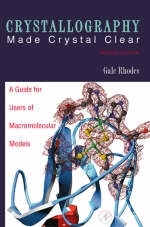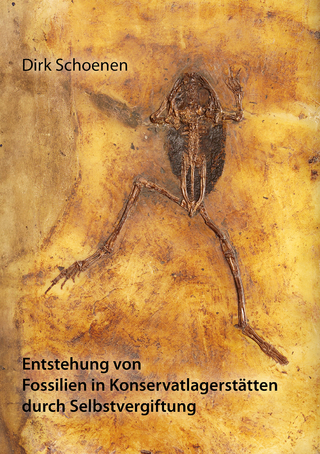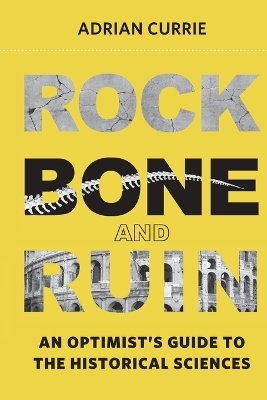
Crystallography Made Crystal Clear
Academic Press Inc (Verlag)
978-0-12-587072-6 (ISBN)
- Titel ist leider vergriffen;
keine Neuauflage - Artikel merken
Macromolecules are the proteins and nucleic acids upon which life depends. Understanding the action of biological macromolecules (giant molecules) requires detailed knowledge of their structures. Most of the more than ten thousand known structures of protein and nucleic acids were obtained by x-ray crystallography, the standard mechanism for determining protein structure. Essentially, proteins are frozen into rigid crystals, which can be stacked up in a repeating pattern--like supermarket displays. The structure of each individual crystal can be determined by the way x-rays are bent when they pass through the composite crystal. Protein structure is essential when investigating protein interactions and planning drug development. "Crystallography Made Crystal Clear, Second Edition" explains how scientists discover the structures of the macromolecules. Scientists do not see these molecules directly. Instead, they build models as a means of interpreting data from x-ray diffraction by crystals, or by irradiation by other forms of energy. Users of these models need to know how they are obtained in order to know what they are seeing when they study a model of a macromolecule.
They also need to know how to judge whether conclusions they draw from the molecular models are really supported by the models. This book uses visual and geometric models to help readers understand the mathematics that forms the basis of x-ray crystallography. The field of protein crystallography is growing every day and has been instrumental in discovering the molecular principles of biology and in discovering new drugs, such as the recent protease inhibitors for AIDS. The field includes the largest percentage of Nobel prizes than any other scientific discipline. Every major university and drug company has a protein crystallography laboratory and this book is an invaluable aid to those wishing to practice protein crystallography or just learn more about how it is actually done. It provides clear, understandable descriptions of principles of X-ray crystallography. It leads reader through unintimidating and thorough explanations of the underlying mathematics. It provides abundant illustrations, including diagrams, charts, photographs, color stereo, and images. It explains how to read crystallography papers in research journals.
It includes brief descriptions of other diffraction methods (neutron, electron, Laue) and the kinds. It is of structural information they can provide. It introduces other methods of macromolecular structure determination (NMR spectroscopy and homology modeling), and provides guidance in judging the quality of these models.
Gale Rhodes earned a B.S. in applied mathematics at North Carolina State University, and then a Ph.D. in Chemistry at the University of North Carolina. He is currently a professor of chemistry at the University of Southern Maine, Portland. His main duty, and first love, is teaching undergraduate biochemistry. He has received awards for outstanding teaching at three different colleges. His best known publication is the first edition of Crystallography Made Crystal Clear, which received very complimentary reviews in several journals. He has also published three book chapters, three book reviews, and about 30 articles on diverse subjects, including research articles in biochemistry, and articles on chemistry, science, and interdisciplinary education.
Model and Molecule. An Overview of Protein Crystallography. Protein Crystals. Collecting Diffraction Data. From Diffraction Data to Electron Density. Obtaining Phases. Obtaining and Judging the Molecular Model. A User's Guide to Crystallographic Models. Other Diffraction Methods. Other Kinds of Macromolecular Models. Tools for Studying Macromolecules.
| Erscheint lt. Verlag | 22.3.2000 |
|---|---|
| Zusatzinfo | Ill. |
| Verlagsort | San Diego |
| Sprache | englisch |
| Maße | 152 x 229 mm |
| Gewicht | 418 g |
| Themenwelt | Naturwissenschaften ► Geowissenschaften ► Mineralogie / Paläontologie |
| ISBN-10 | 0-12-587072-8 / 0125870728 |
| ISBN-13 | 978-0-12-587072-6 / 9780125870726 |
| Zustand | Neuware |
| Haben Sie eine Frage zum Produkt? |
aus dem Bereich


